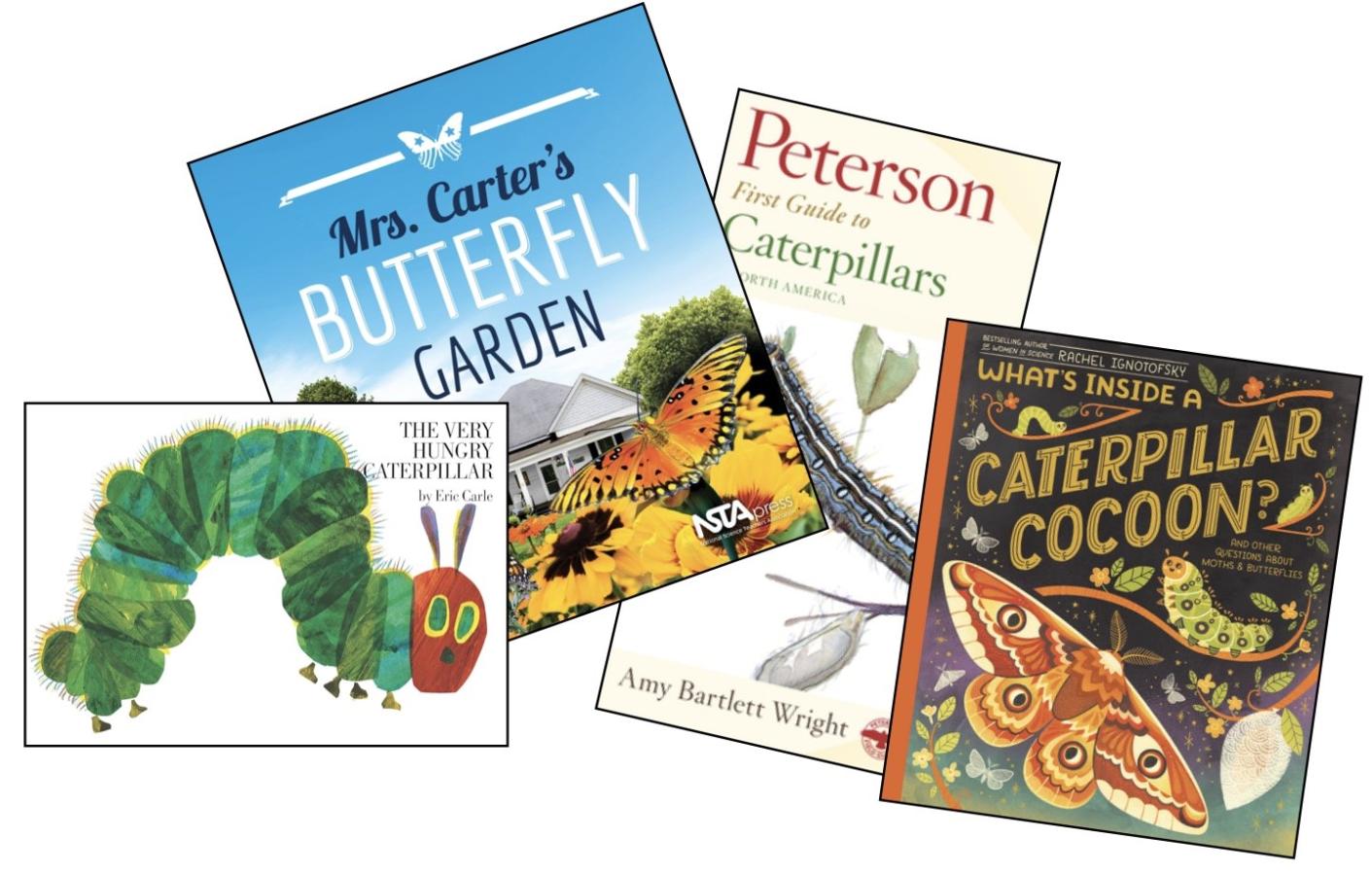Creating and Using Instructionally Supportive Assessments in NGSS Classrooms: Book Study for K-12 Educators
What is an approach that science educators can use to create assessment tasks that support instructional practice and students’ three-dimensional learning? Participate in this book study scheduled on September 10, 17, 24, and October 1, 2024, to learn more.
What is an approach that science educators can use to create assessment tasks that support instructional practice and students’ three-dimensional learning? Participate in this book study scheduled on September 10, 17, 24, and October 1, 2024, to learn more.
What is an approach that science educators can use to create assessment tasks that support instructional practice and students’ three-dimensional learning? Participate in this book study scheduled on September 10, 17, 24, and October 1, 2024, to learn more.
What is an approach that science educators can use to create assessment tasks that support instructional practice and students’ three-dimensional learning? Participate in this book study scheduled on September 10, 17, 24, and October 1, 2024, to learn more.
What is an approach that science educators can use to create assessment tasks that support instructional practice and students’ three-dimensional learning? Participate in this book study scheduled on September 10, 17, 24, and October 1, 2024, to learn more.







